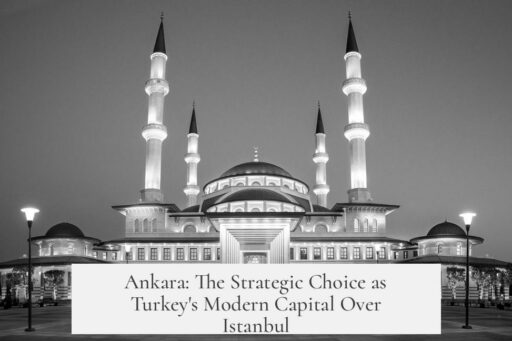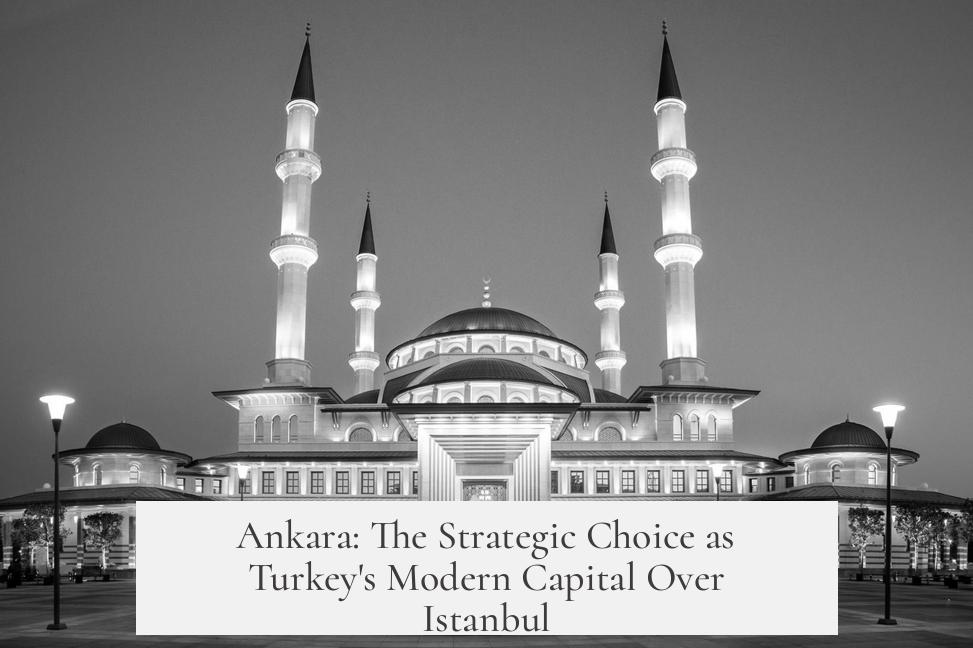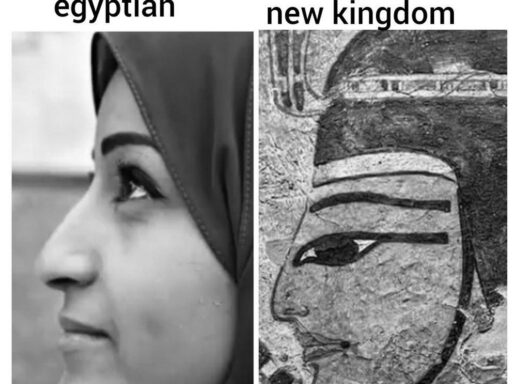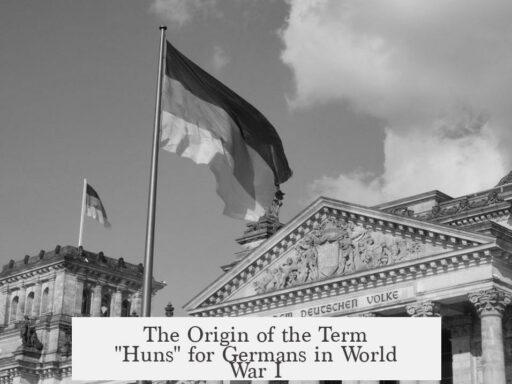Ankara is the capital of modern Turkey instead of Istanbul mainly due to political, strategic, and security reasons that emerged during the country’s transition from the Ottoman Empire to the Republic of Turkey.
Historically, Istanbul was the heart of the Ottoman Empire and served as its capital from 1453 until the empire’s collapse. It was the largest and most developed city in the region, a major trade hub, and a symbolic center tied to the heritage of the Eastern Roman Empire. Mehmed II’s conquest of Istanbul (then called Constantinople) established it as an imperial capital strategically positioned for military expansion into Europe.
However, the situation drastically changed after the Ottoman Empire surrendered in 1918 by signing the Armistice of Moudros. Shortly thereafter, Allied forces occupied Istanbul starting on March 15, 1919, shutting down the Ottoman parliament and arresting political figures. This occupation rendered Istanbul unsuitable as the base for Turkish resistance and political leadership. The city remained under foreign control for three years, causing security and sovereignty concerns.
In contrast, Ankara offered several critical advantages as a new capital during the rise of the Turkish nationalist movement led by Mustafa Kemal Atatürk. Here are the key reasons for Ankara’s selection:
- Geographical Centrality: Ankara sits near the center of Anatolia, making it a strategic midpoint between the country’s eastern and western regions. This central location facilitated better communication and administration during a time when travel was challenging.
- Logistical Hub: Its position on key railway lines provided efficient access for transporting troops, supplies, and communication, essential during the War of Independence and the early years of nation-building.
- Proximity to Combat Zones: Ankara was closer to the western front where decisive battles against occupying forces occurred, offering a secure base to organize military and political efforts.
- Political Significance: Some members of the former ruling party and locations such as the building used by the first new parliament were already situated in Ankara, giving it an existing administrative and political presence.
In addition, security considerations weighed heavily against choosing Istanbul again. The city’s occupation revealed its vulnerability as a capital city near unstable borders. Atatürk feared future foreign invasions or occupations, especially with tensions in the Balkans and Europe. Istanbul’s location made defense difficult, and it was exposed to ongoing geopolitical risks.
The new Republic embraced a nationalist ideology distinct from the Ottoman empire’s Roman legacy. The republic sought to break away from imperial symbolism, and the establishment of a new capital aligned with creating a modern, secular Turkish state. Atatürk envisioned Ankara as a modern European-style capital that embodied the ideals of the new nation, free from the Ottoman past.
After the successful Turkish War of Independence, which ended with the decisive victory on August 30, 1922, Istanbul was liberated from occupation without bloodshed in 1923. Even then, Ankara remained the capital, cementing its role as the heart of the new republic.
| Aspect | Istanbul | Ankara |
|---|---|---|
| Status Post-WWI | Occupied by Allied Powers (1919–1922) | Center for Turkish resistance and parliament |
| Geographical Position | Strategic for Ottoman expansion, but vulnerable in republic era | Central in Anatolia, better for communications and defense |
| Political Role | Ottoman imperial capital, rich historical legacy | New National Assembly seat, symbol of modern Turkey |
| Security | Prone to occupation due to proximity to frontlines | More defensible and secure location |
| Symbolism | Represents imperial past and Eastern Roman heritage | Represents republican nationalism and modernization |
The choice of Ankara over Istanbul reflects strategic foresight in securing the independence and future security of the young Turkish Republic. It allowed Atatürk and his government to build a new political center that better suited the changing geopolitical, ideological, and military realities of the time.
- Ankara’s central location made governance practical in a large, diverse country.
- Its railway connectivity supported strategic military logistics during independence struggles.
- Security concerns barred Istanbul, as occupation exposed its vulnerability.
- The republic sought to break with the imperial past symbolized by Istanbul.
- Ankara represented modernization and national unity in the new republic.
Why is Ankara the Capital of Modern Turkey and Not Istanbul?
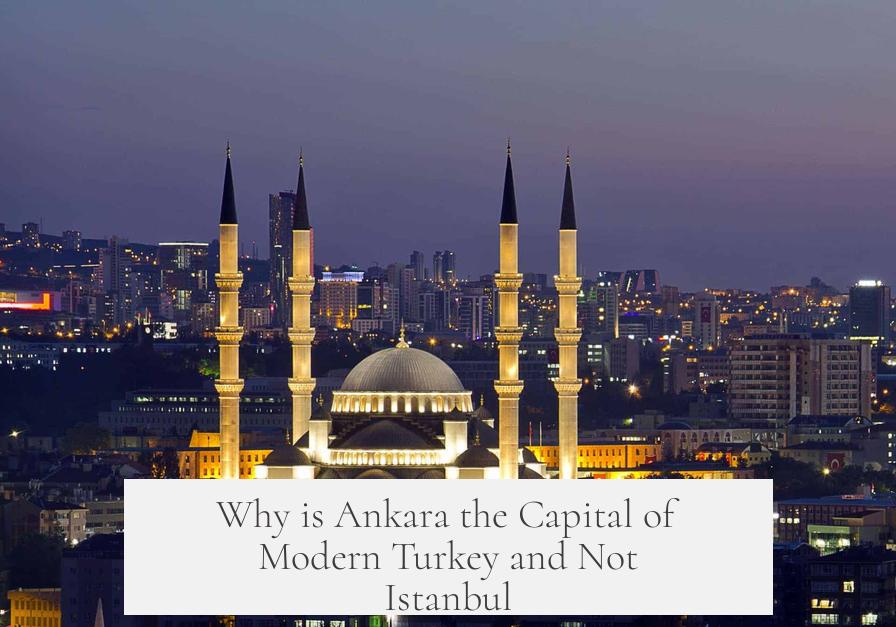
It’s a story of politics, war, and geography that shifted Turkey’s heartland from the historic shores of Istanbul to the steely central plains of Ankara. Many wonder why the bustling, iconic Istanbul didn’t remain the capital of modern Turkey. The answer is rooted deeply in the country’s struggle for independence and the vision of Mustafa Kemal Atatürk.
Istanbul, historically the imperial jewel, was the capital of the Ottoman Empire from 1453 until its collapse. Known as Konstantiniyye under the Ottomans, it was the most developed, prosperous, and populous city in the region. Its position straddling Europe and Asia made it a vibrant trade and cultural hub. So why abandon such a glamourous center for Ankara?
The Historical Context: Istanbul Under Occupation
Following the Ottoman surrender in 1918 through the Armistice of Moudros, Istanbul fell under the scrutiny of the Entente powers. Although initially unofficial, the British officially occupied Istanbul starting March 15, 1919. Parliament was shut down and key congressmen were imprisoned.
Meanwhile, resistance movements in Anatolia, under Mustafa Kemal’s leadership, started consolidating power. Those congressmen who could escape the occupied city were invited to Ankara. This became the cradle of the new Turkish parliament.
Why Ankara? The Strategic Choice Behind the Capital
Ankara wasn’t just picked from a hat. It was a calculated choice shaped by military, political, and logistical factors. Istanbul and western Anatolia were off-limits due to occupation. Other cities like Sivas had historical relevance but lacked some key advantages. Here’s why Ankara got the nod:
- Logistical Hub: Located amidst railway lines, Ankara was a natural center for transport and communication in the region. Efficient logistics were vital for a young nation fighting for its survival.
- Strategic Location: Closer to the western front—the decisive theater of the war—Ankara was better positioned to lead and coordinate military efforts compared to other candidates.
- Political Legacy: Several parliament buildings and political figures in Ankara were tied to the Ittihad ve Terakki party, linking the city to the Ottoman ruling structures before reformist shifts occurred.
- Geographical Centrality: Right in the middle of the country, Ankara was an excellent choice for unity, communication, and logistical flow in an era when travel was tough.
These reasons cemented Ankara’s role as the de facto capital during the Independence War.
The End of War and the Choice Cemented
By August 30, 1922, Turkey had won its War of Independence. Istanbul was liberated a year later, without bloodshed. Yet, the capital remained in Ankara. Why? Istanbul’s past couldn’t be overlooked, and its vulnerabilities were fresh in mind.
The Istanbul Factor: Why Not the Old Capital?
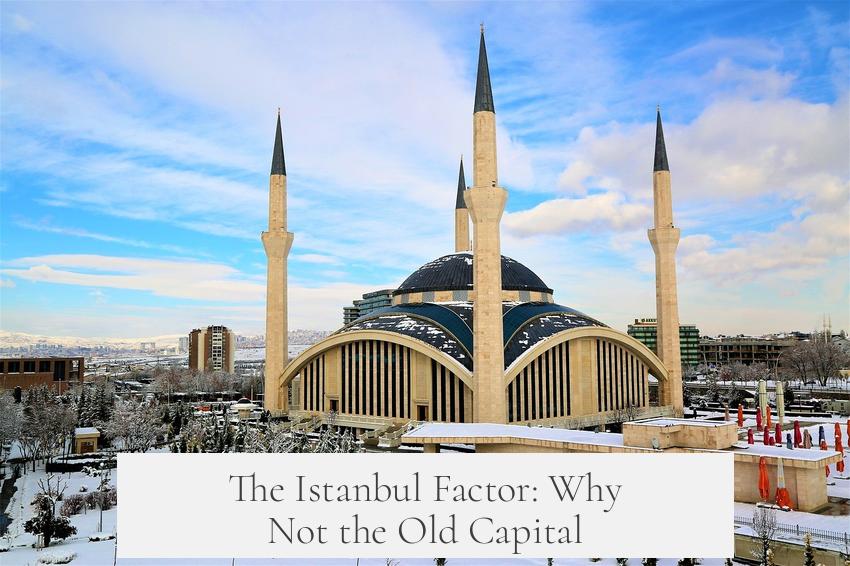
Istanbul had thrived as a capital for centuries under the Ottomans due to its central position for controlling Eastern Europe and Asia Minor, its strong military base, and its flourishing trade. Mehmed II’s vision tied the city directly to the legacy of the Eastern Roman Empire—he even called himself “Kayzer-i Rum,” or Roman Emperor.
However, the newly formed Turkish Republic embraced a different trajectory. Nationalism replaced imperialism. The vision was a modern state, shed of Ottoman legacies and Roman traditions. Istanbul, with its occupation scars, military vulnerabilities, and geographic edge near unstable frontiers, simply didn’t fit.
Atatürk was wary of future wars and occupations. Istanbul was large, complex, and vulnerable—a sitting duck on the front lines due to its proximity to Europe. Modern capitals needed to be defensible and firmly under national control. A futuristic vision of Turkey demanded a fresh start in a new capital, clear of imperial ghosts and foreign threats.
The Vision of a Modern Capital
Beyond strategy and security, Ankara represented the Republic’s ambitions. Atatürk envisioned a European-style capital—a model city to symbolize a break from the past and an embrace of modernity, unity, and secular progress. Ankara provided a blank canvas, a place to build Turkey’s future without the baggage of Ottoman imperialism.
What This Means Today
Ankara’s selection was more than a temporary wartime necessity. It was a statement—the Republic of Turkey was its own story, not a continuation of empires. The city’s central location helps unify Turkey geographically and politically, while its development as a political hub reflects Atatürk’s modernizing vision.
Today, while Istanbul remains Turkey’s economic and cultural powerhouse, Ankara stands as the beating administrative heart and a symbol of Turkish independence and resilience.
Summary: The Capital Shift Explained
- Ankara’s choice was driven by occupation of Istanbul and military vulnerability.
- Logistics, central location, political legacy, and strategic advantage made Ankara ideal.
- Istanbul’s imperial past and future security risks made it unsuitable.
- The decision symbolized a new Turkish Republic identity, focused on nationalism and modernization.
For a deeper dive, Mustafa Kemal Atatürk’s famous “Great Speech” provides rich insights into the Independence War and the rationale behind foundational choices like this.
Does your city have a story that shaped its role in your country? Ankara teaches us how geography, politics, and vision combine to redraw maps and destinies.
